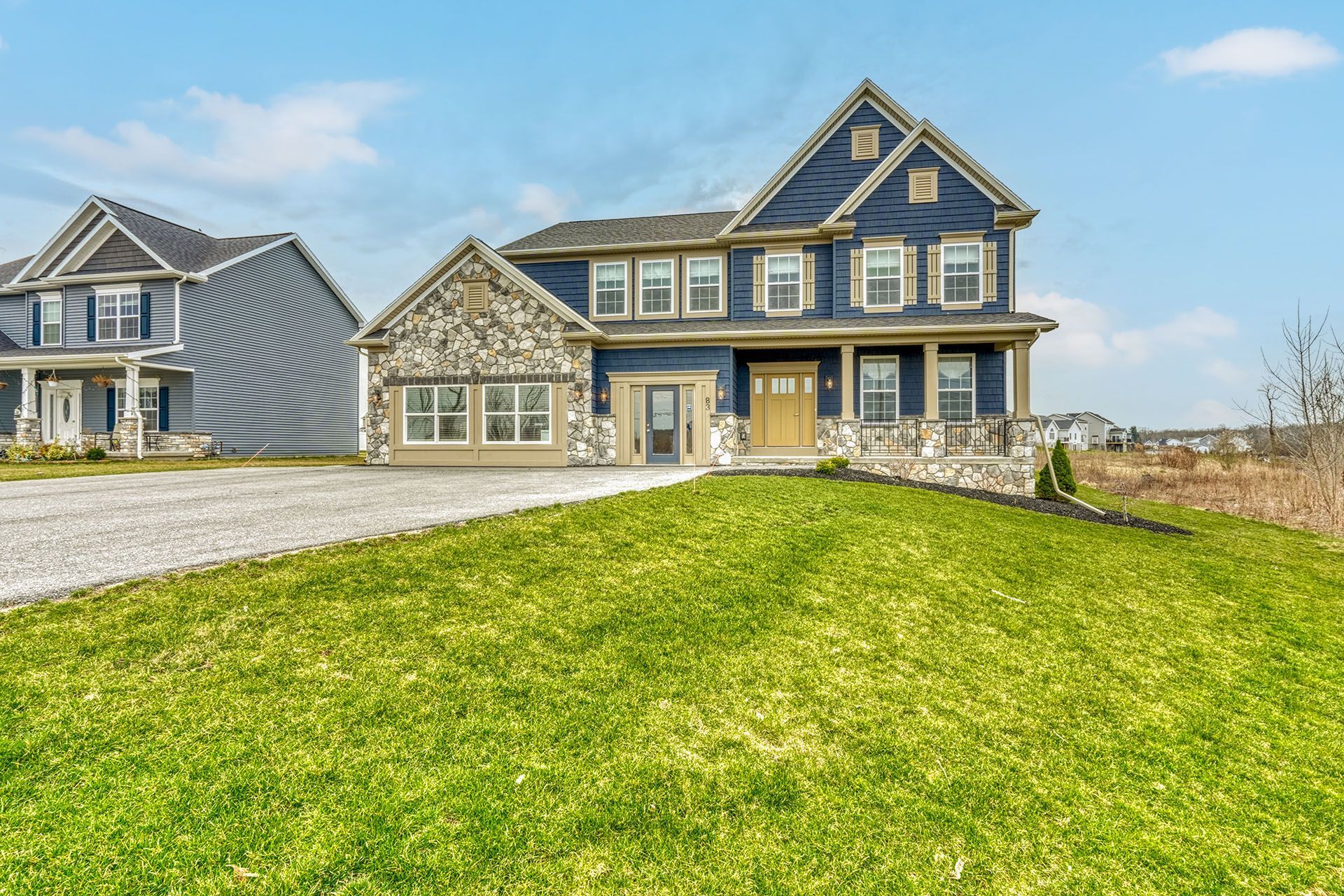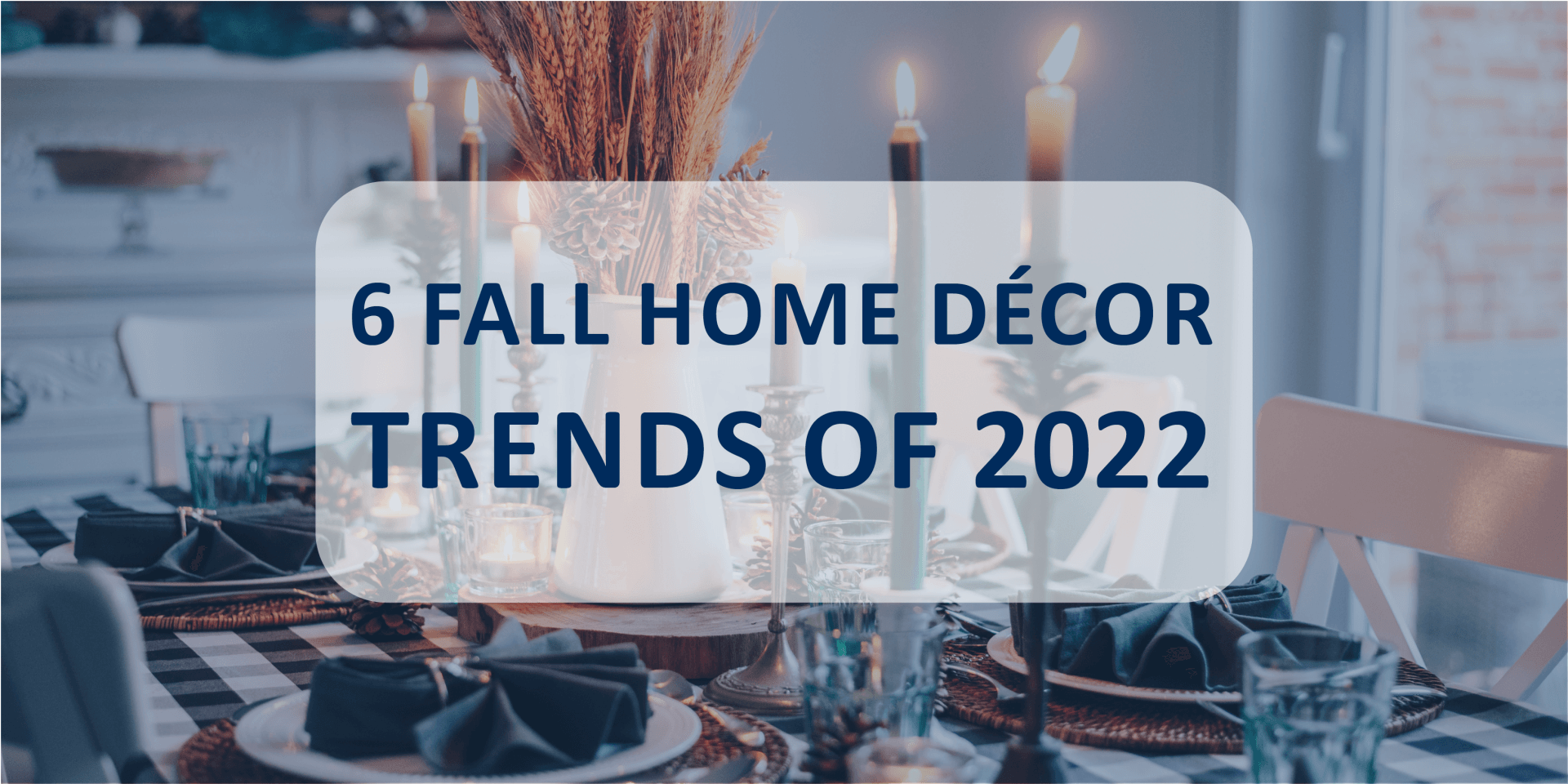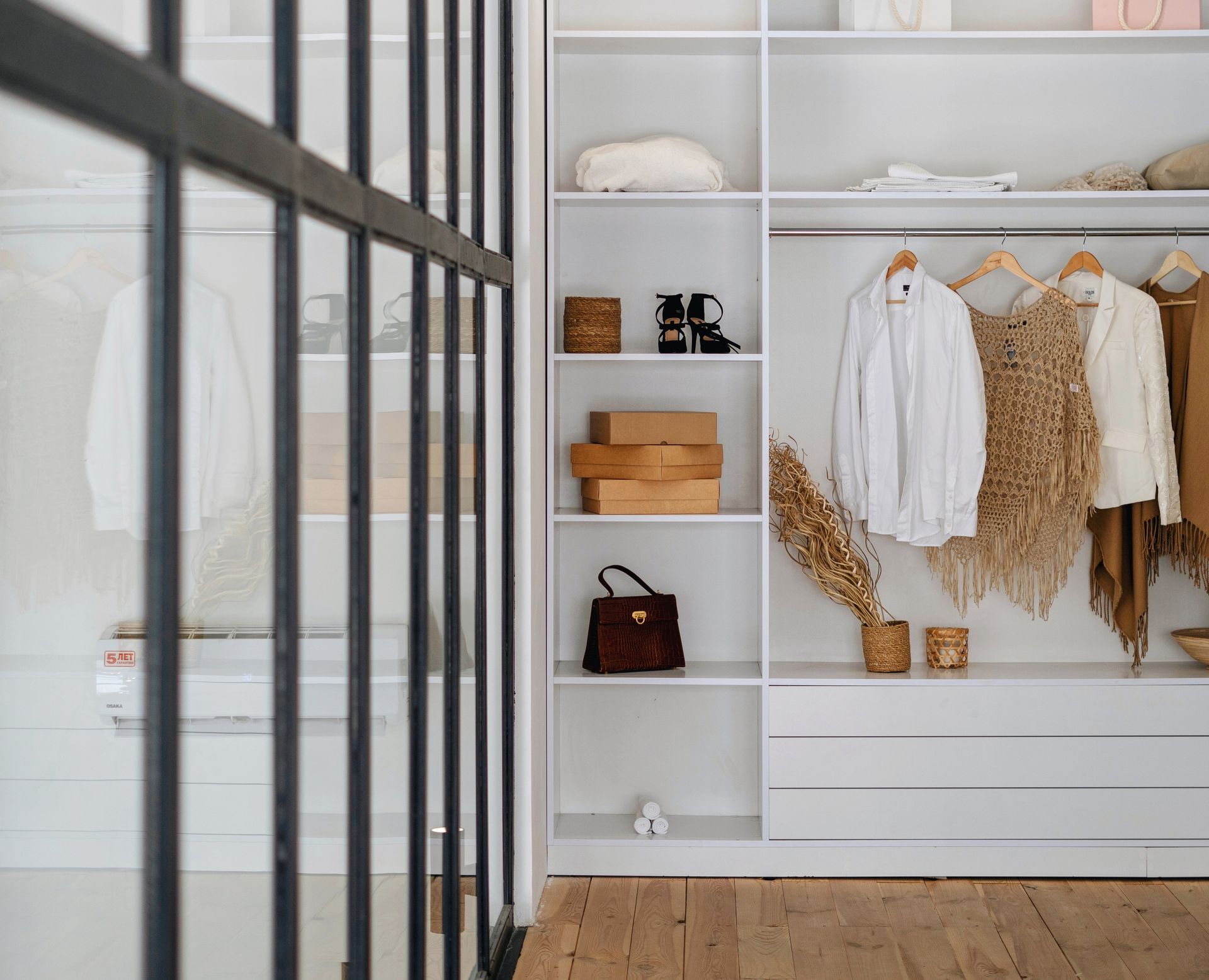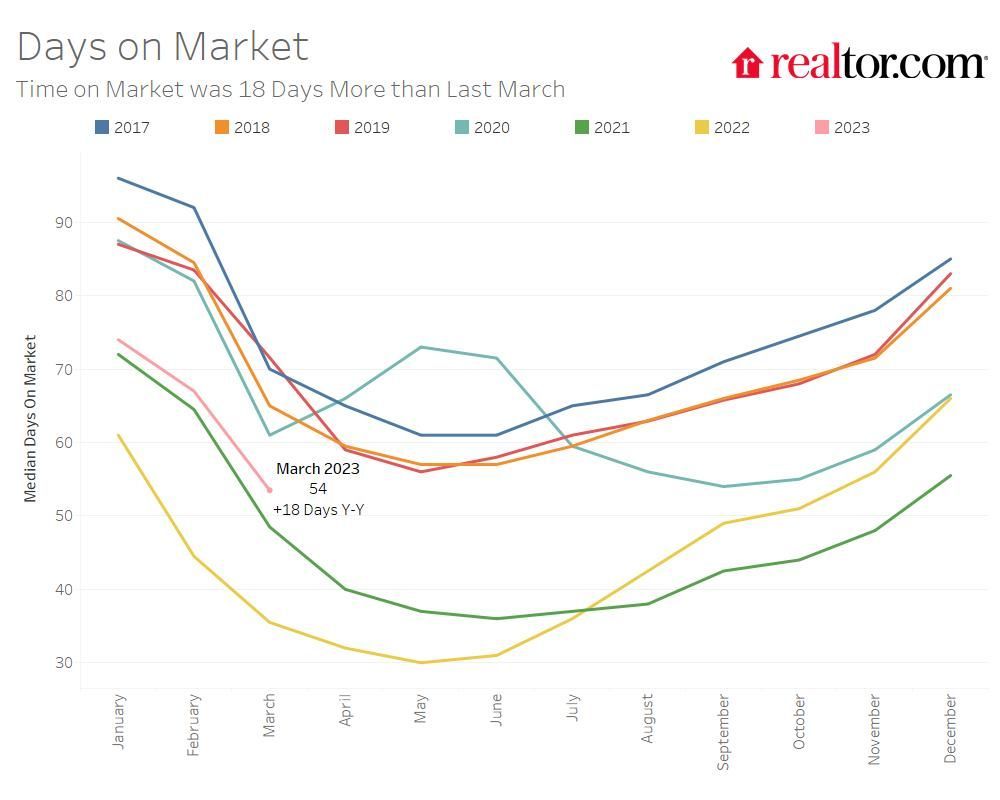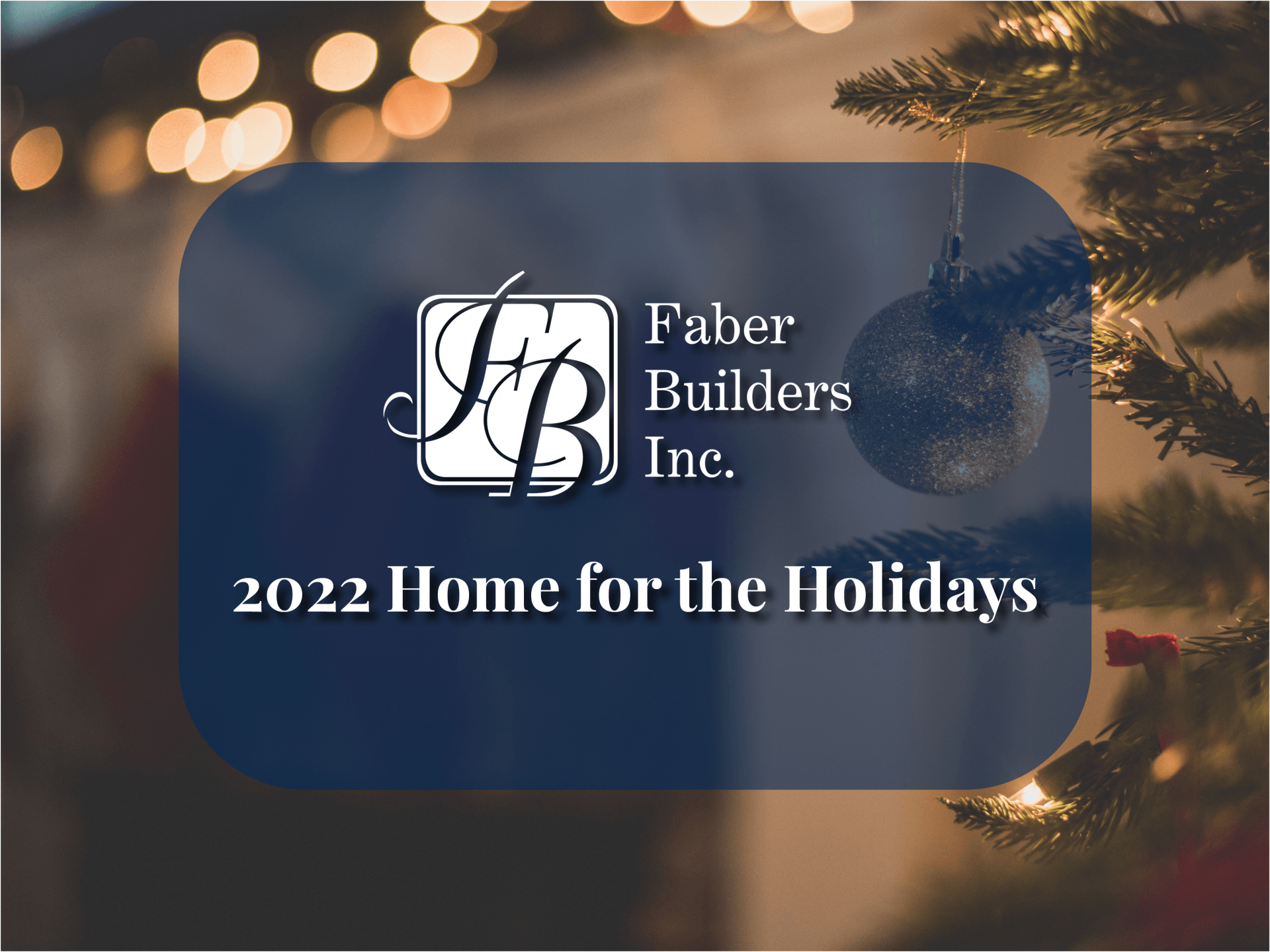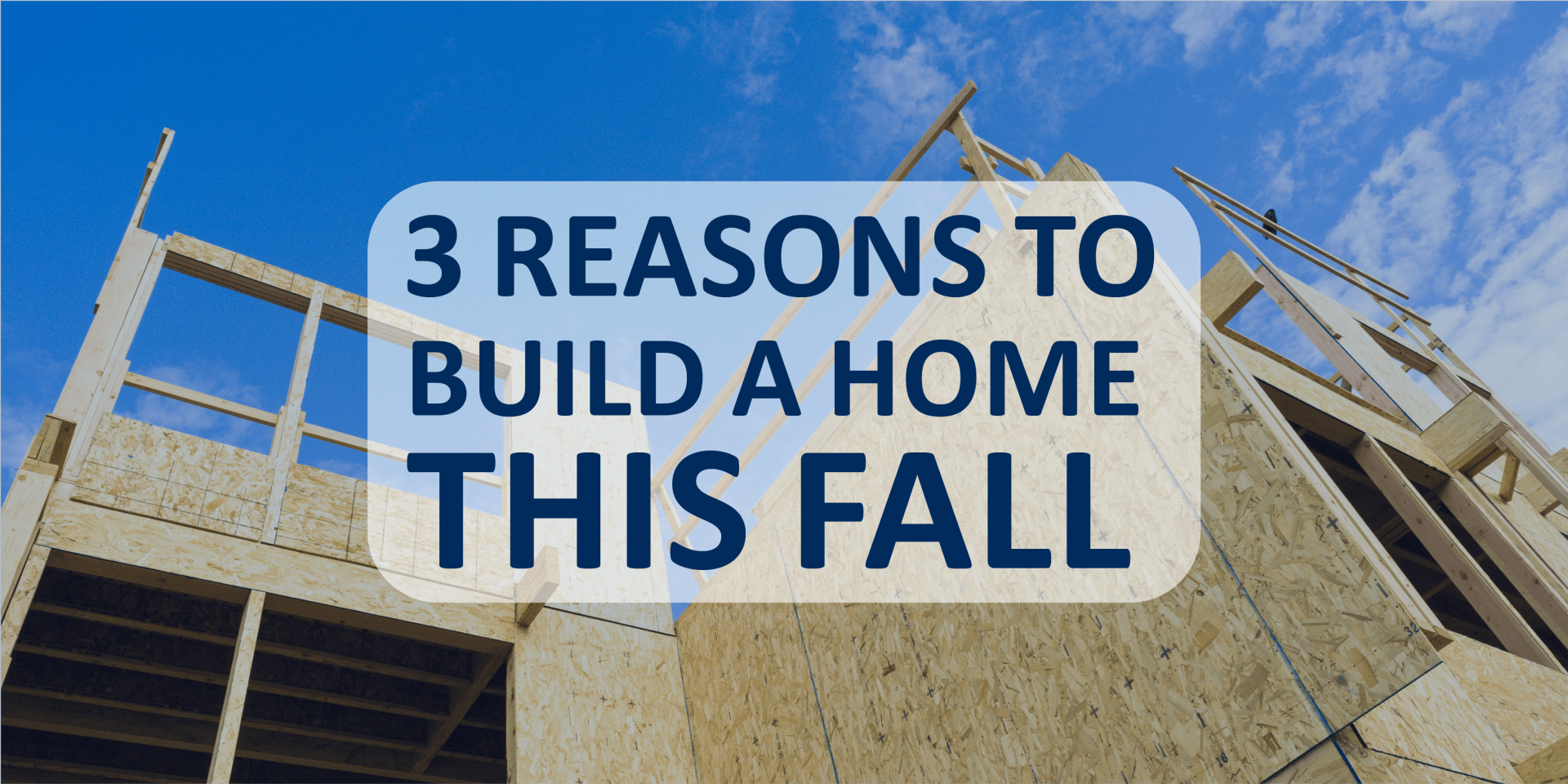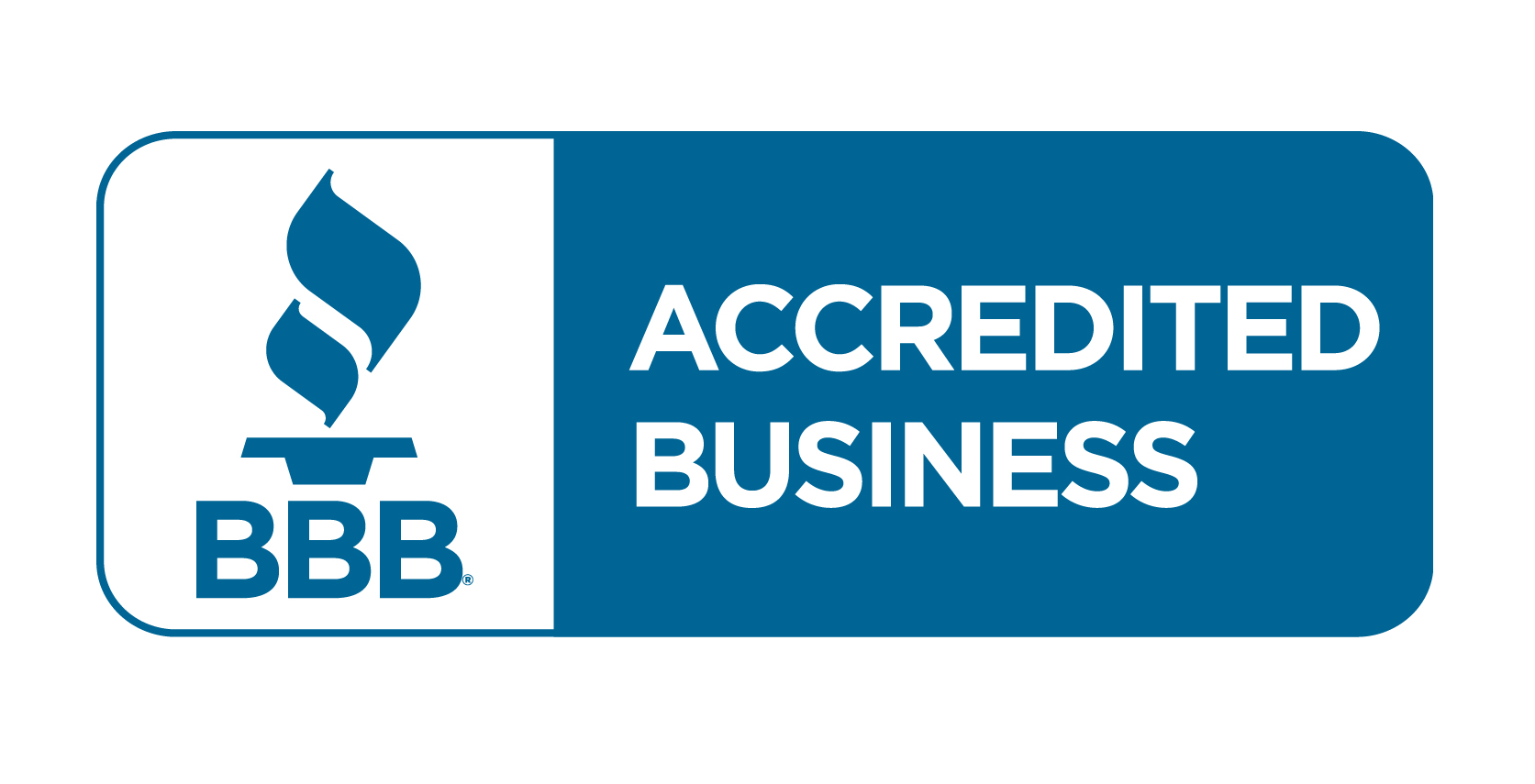A Pruning Guide for Beginners

Pruning is one of the best things an arborist can do for a tree – but it can also be one of the worst things as well. If taken too far or done incorrectly, pruning will harm a plant, but if done correctly will keep a plant healthy and increase its growth and productivity. So how can you make your efforts more effective? First, it’s important to know the best seasons in which to prune differing plants. Here’s a quick guide.
Early Spring (now):
- Ornamental grasses
- Perennials (semi woody such as Russian sage or butterfly bush)
- Evergreens (especially boxwood and holly firethorn)
- Flowers (summer-flowering shrubs, vines, trees, hydrangea and roses)
Early Summer:
- Evergreen shrubs (boxwood, juniper)
- Flowering shrubs (forsythia, lilac, rhododendron)
Fall:
- Flowering perennials and annuals (petunia, sweet pea, lavender, zinnia)
Winter:
- Evergreens and deciduous trees (maple, hickory, oak, red cedar, chestnut, hemlock)
Now that you know which season to prune what, it’s important to understand the correct ways of pruning. Clean and smooth cuts encourage regrowth and rapid healing of wounds. To achieve this, you’ll need to make sure you have a sharp pruning tool to get the job done. Also be sure to keep your pruning tools clean so they work well for you – so it’s best to store them in a dry room, keep them sharp and disinfected after use. So what’s the right tool for the job?
Hand pruning shears are used for cutting branches up to ¾ inches in diameter. You’ll often see two options at the store: Bypass and Anvil pruners. Generally, bypass shears are more recommended because anvil pruners tend to crush stems as they cut. Looping shears should be used to cut branches between ¾ and 1 ¾ inches in diameter. Loopers have long handles giving you extra reach and leverage for the close-proximity but hard-to-reach jobs. Pole pruners will cut branches up to 2 inches in diameter. The tool is essentially a saw blade mounted on a long pole 12 feet or longer. A cord or chain is used to control the cut.
Pruning saws are generally for larger branches greater than 1 ¾ inches in diameter and they come in different sizes and shapes for different purposes. Most often, finely-toothed curved pruning saws are used to remove branches up to 2 ½ inches in diameter, while coarsely-toothed saws are reserved for heavy branches 3 inches or more in diameter. To achieve sculpted appearances, hedge clippers can be used to cut hedges into formal sizes and shapes. They should not be used for pruning trees and shrubs.
So now you know when to prune and what to use, the last question now is: how. As stated above, clean cuts are the most important element, but where on the plant to prune will be unique to each plant. Typically for flowering plants you’ll want to prune just at the base of the dying (not dead) bud/flower, however for everything else, your best bet is to do a little research online or ask a local garden center expert on the best locations to prune. Good luck, and happy gardening!
Contact Us
